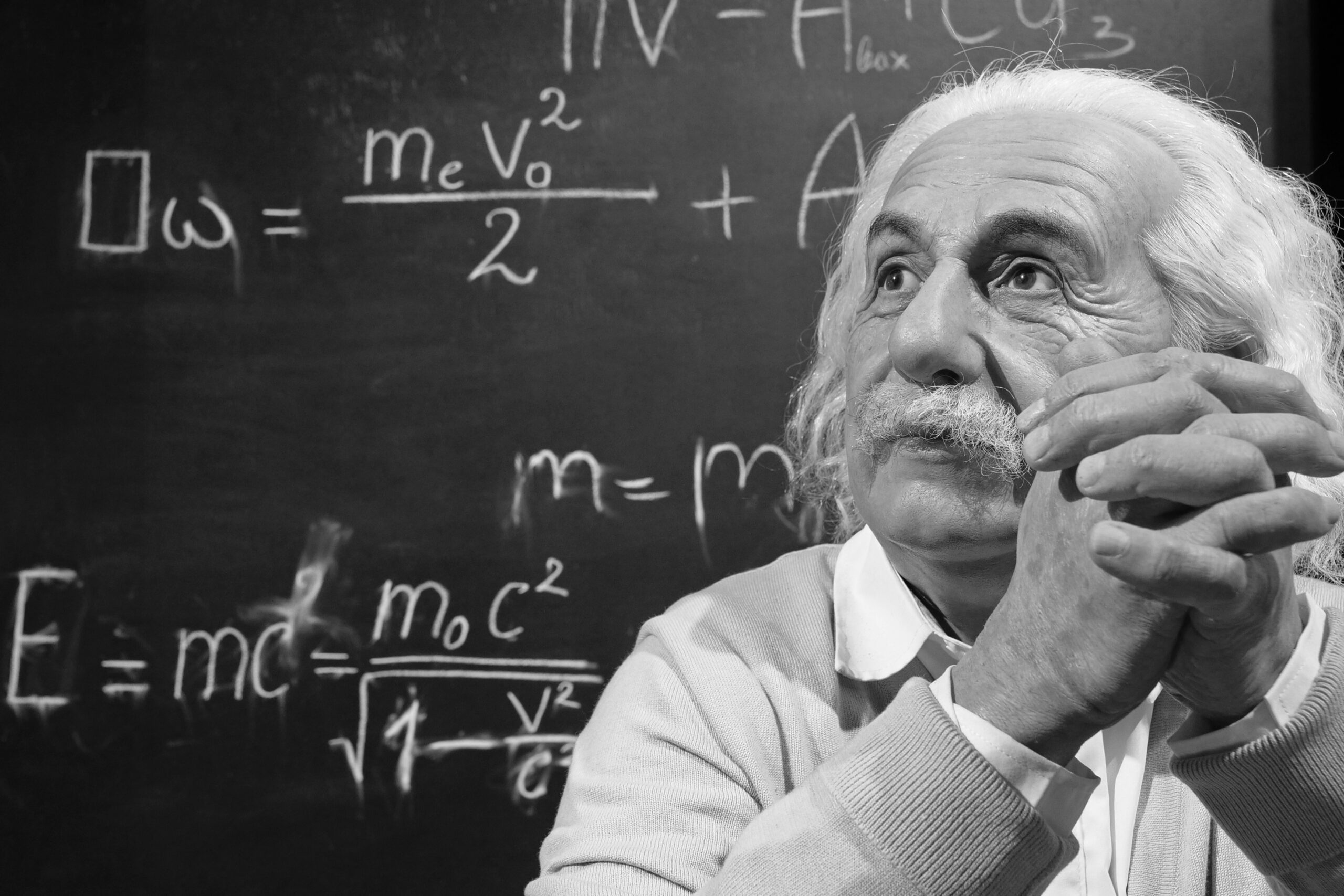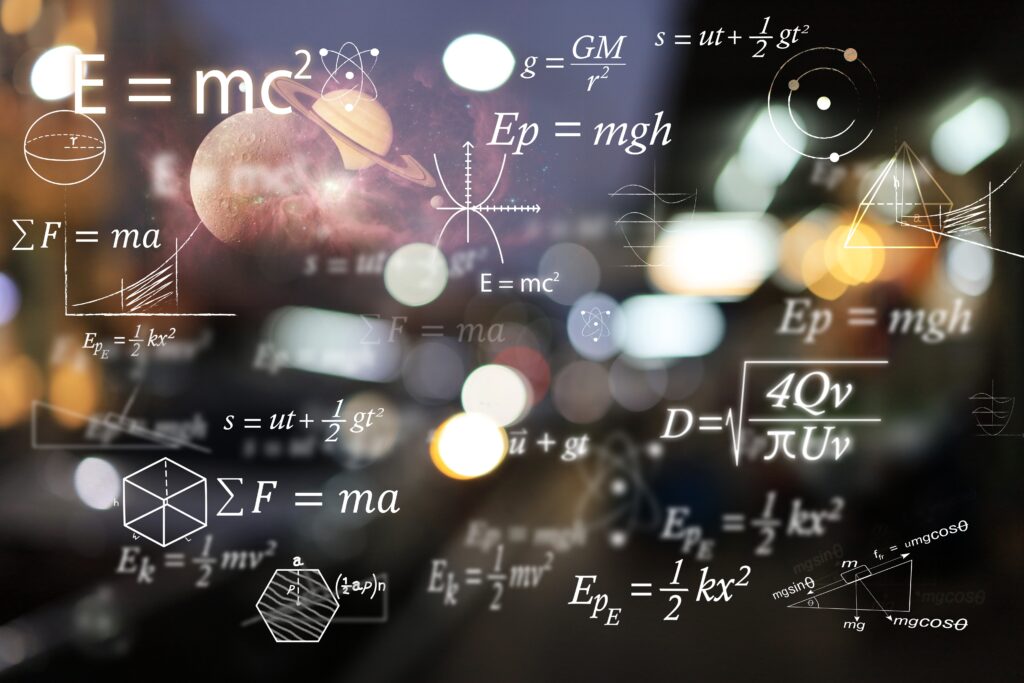
Albert Einstein: How One Mind Transformed Modern Physics
Albert Einstein is perhaps the most recognisable scientist in history — a man whose name is synonymous with genius. But his story is not just about equations and theories; it’s about curiosity, rebellion, and the power of imagination. From challenging Newtonian physics to reshaping time and space, Einstein’s work laid the foundation for much of modern science.
This post explores his life, key breakthroughs, and lasting legacy — all the more remarkable considering he started as a struggling student with no job prospects in academia.
Outline
- Early Life: A Curious, Misunderstood Child
- Education and Rejection
- The Miracle Year (1905)
- The Theory of Relativity Explained Simply
- Fame, Nobel Prizes and Public Life
- Einstein’s Role in the Atomic Age
- Science and Society: Speaking Out for Justice
- A Legacy Beyond Physics
- Final Reflections
Early Life: A Curious, Misunderstood Child
Albert Einstein was born in 1879 in Ulm, Germany. Contrary to the myth, he didn’t fail maths — but he was a quiet, thoughtful child, often lost in thought and fascinated by compasses and light.
His early schooling clashed with his independent thinking. Teachers found him stubborn. He found them unimaginative.
Even from a young age, Einstein questioned assumptions — a habit that would later redefine science.
Education and Rejection
Einstein studied at the Swiss Federal Polytechnic School in Zurich, where he excelled in physics but clashed with professors. After graduating, he couldn’t secure a teaching post and ended up working at the Swiss Patent Office.
It was here, in between reviewing patents for electrical devices, that he began developing the ideas that would change physics forever.
He wasn’t in a laboratory. He didn’t have a title. But his mind never stopped working.
The Miracle Year (1905)
In 1905, at the age of 26, Einstein published four revolutionary papers in a single year — later known as his “Annus Mirabilis” (Miracle Year). These included:
- The Photoelectric Effect – introducing the idea that light comes in particles (quanta)
- Brownian Motion – helping to prove the existence of atoms
- Special Relativity – showing that time and space are not absolute
- E = mc² – revealing that energy and mass are interchangeable
Any one of these would have made him famous. Together, they rewrote the rules of physics.
The Theory of Relativity Explained Simply
Einstein’s Special Relativity (1905) and later General Relativity (1915) changed how we understand the universe.
In simple terms:
- Time and space are connected — part of a single entity called spacetime
- Massive objects (like planets) curve spacetime, and that’s what we experience as gravity
- Light bends around stars. Time slows near black holes. The universe isn’t fixed — it moves, stretches, and warps
Einstein replaced Newton’s clockwork universe with one made of curved space and elastic time.
Fame, Nobel Prizes and Public Life
Einstein was awarded the Nobel Prize in Physics in 1921, not for relativity (which was still too controversial), but for his work on the photoelectric effect, which laid the groundwork for quantum theory.
As his fame grew, so did his influence:
- He became a household name, often appearing in newspapers
- He was known for his dishevelled hair, quirky humour, and sharp wit
- Yet he remained grounded, often saying: “I have no special talent. I am only passionately curious.”

Einstein’s Role in the Atomic Age
Though Einstein was a pacifist, he played a pivotal role in the early days of nuclear research.
In 1939, he signed a letter to President Roosevelt warning that Nazi Germany might develop an atomic bomb. This led to the Manhattan Project, though Einstein himself did not work on the bomb.
After WWII, he became a vocal critic of nuclear weapons, saying:
“The release of atomic power has changed everything except our way of thinking.”
He spent his later years advocating for peace and disarmament.
Science and Society: Speaking Out for Justice
Einstein wasn’t just a physicist — he was a humanitarian and activist.
He:
- Spoke out against racism and supported the civil rights movement in the U.S.
- Opposed authoritarian regimes, including both Nazi Germany and Stalinist Russia
- Advocated for Jewish rights and Zionism, while also promoting peaceful coexistence
He saw science as a tool for understanding the world — but believed that moral responsibility was just as important.
To Einstein, being a good scientist meant also being a good human.
A Legacy Beyond Physics
Einstein died in 1955, but his legacy lives on in countless ways:
- His equations are fundamental to GPS, nuclear energy, and modern astronomy
- He inspired generations of physicists, philosophers, and thinkers
- His name became shorthand for brilliance
But perhaps most importantly, he showed that:
- You don’t need wealth or status to have a world-changing idea
- Imagination can unlock the deepest truths of the universe
- Humility and humour can coexist with genius
Einstein proved that the mind — not just machinery — drives human progress.
Final Reflections
Albert Einstein transformed physics, yes. But he also changed how we think about thinking.
He asked questions no one else dared to ask — and answered them with elegance, imagination, and relentless curiosity.
He didn’t just see the universe differently. He helped us see it too.
And perhaps that’s his greatest legacy: proving that with a curious mind and the courage to question, anyone can change the world.


